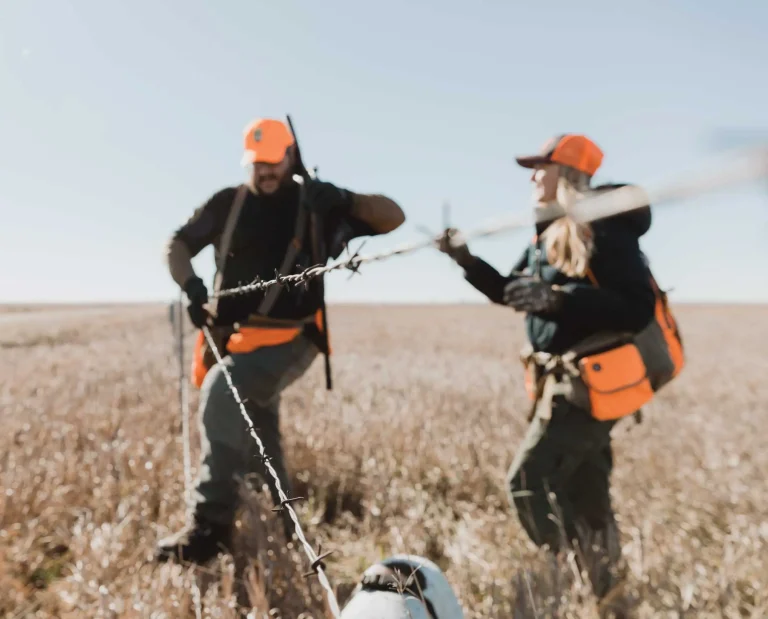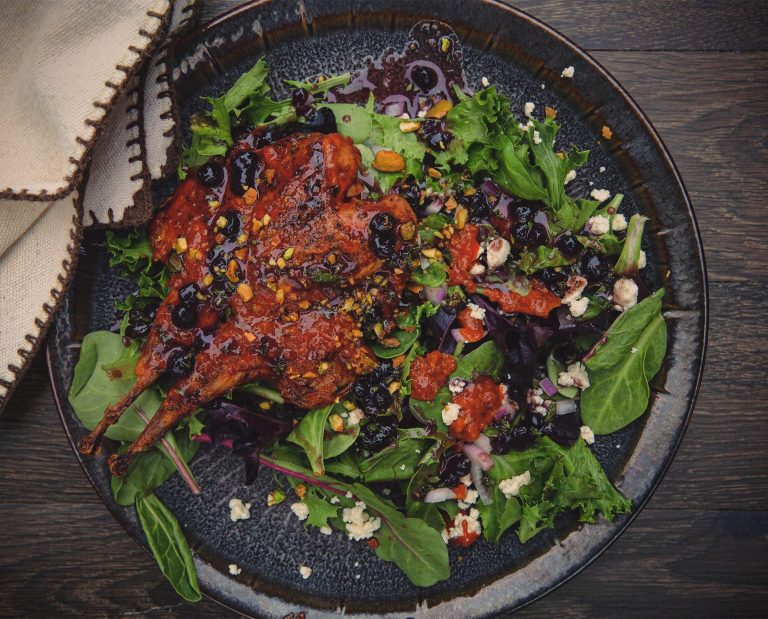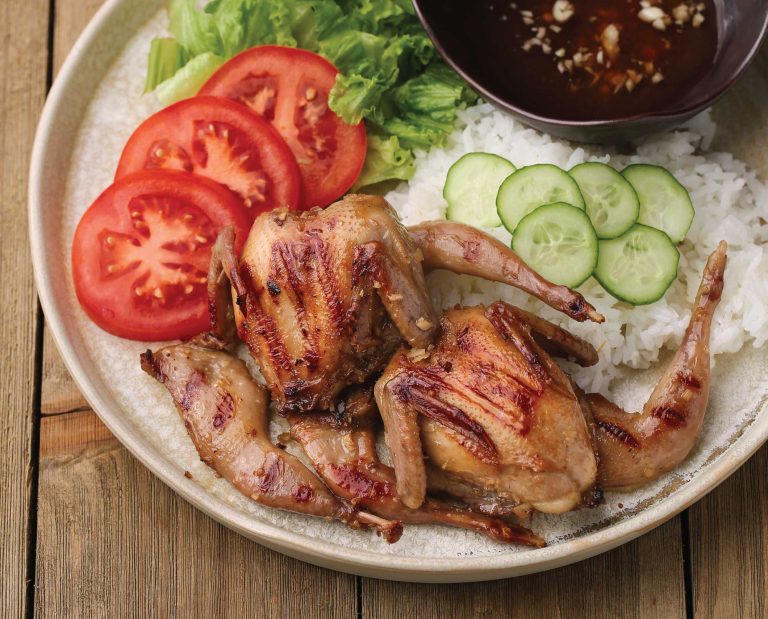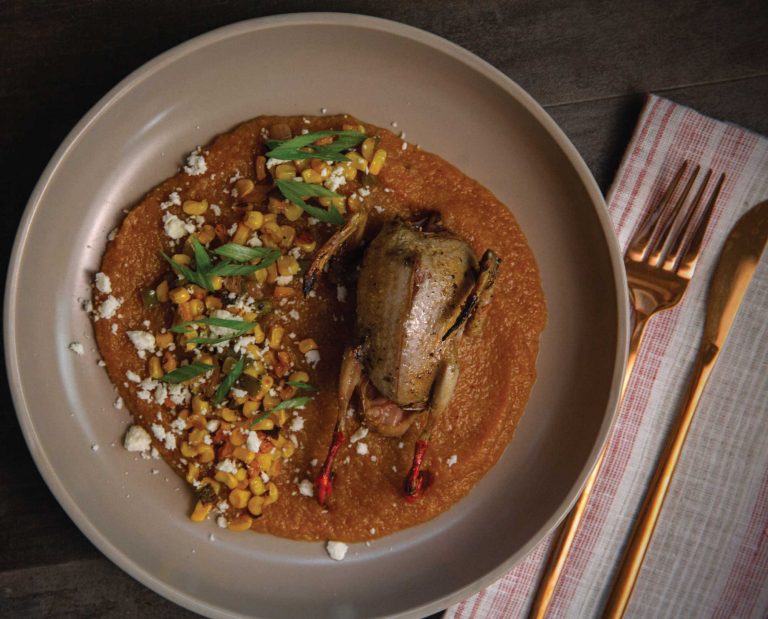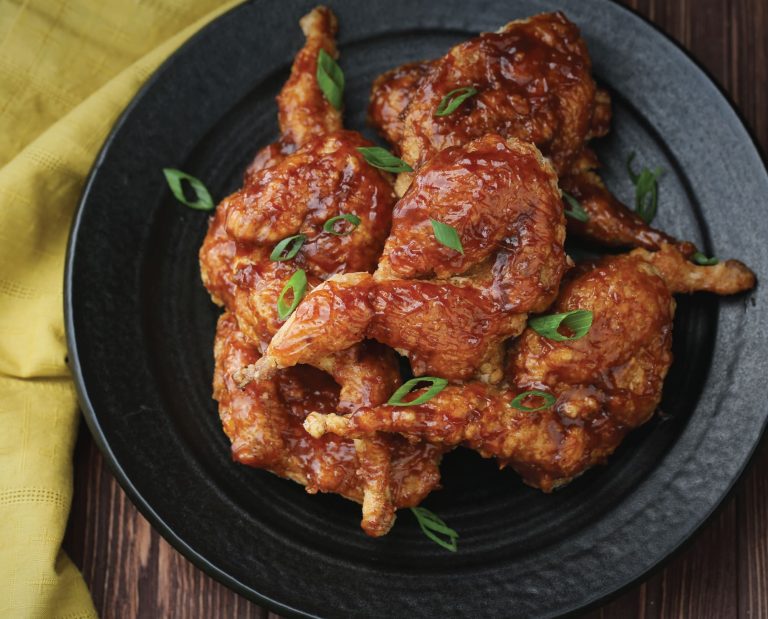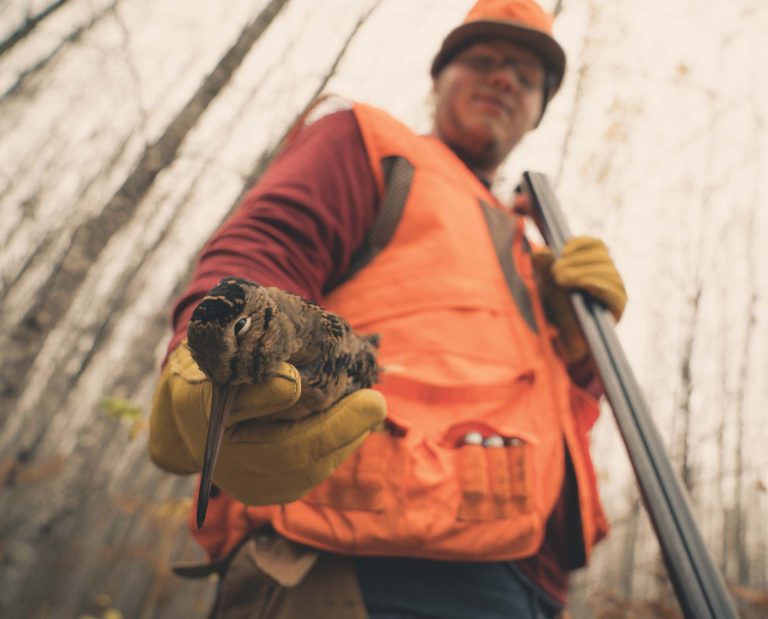When to Field Dress Your Upland Birds
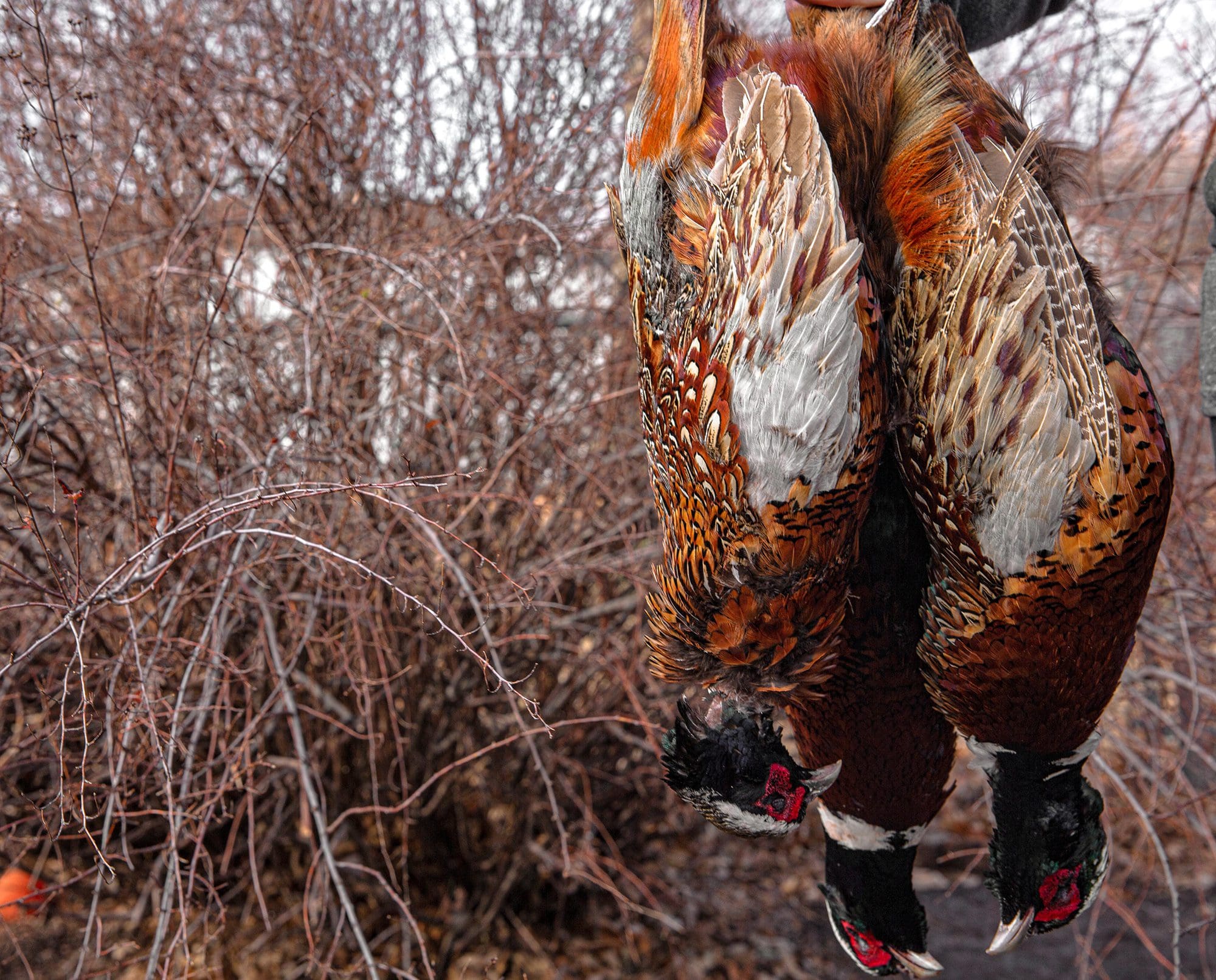
Learn when to field dress your upland birds, which methods to use and how to transport them after the hunt
Deciding when to take the time to pull birds from your vest and kneel down to dress comes down to several factors. I have seen some articles where they recommend doing it within 10 minutes after the bird was shot, especially in warmer weather. Truth be told: I don’t know many hunters who dress their kill within 10 minutes regardless of the temperature outside.
However, while so many of us are invested in the hunt itself and watching our dogs work, we need to keep in mind how long is too long if we wish to preserve the game we came out here to take home and safely prepare. Here are some scenarios to consider when determining when to unsheathe your knife and get down to work.
Deciding whether to skin, pluck and/or age upland birds
As mentioned in one of my earlier pieces, ‘Plucking Game Birds,’ it’s my recommendation to not make an incision in the bird if you plan on plucking or aging your birds. If you plan to skin, you have the luxury of field dressing when it works for you—in the field, at your truck, or at home.
In the field, you can even stuff the bird with dry grass to absorb blood or even snow (if in season) to help cool off the carcass. Yet for us purists who always pluck when possible, we need to keep the birds whole and entirely intact from field to plucking shed. This requires further consideration on how to properly care for our birds after the shot.
Time of the year
Bottom line, if it’s earlier in the season it could be potentially warmer out, versus if it’s toward the end of the season, it is most likely colder. Obviously, cooler temps are favorable and mean you don’t have to worry about the heat cooking the birds in your vest. Both for the sake of birds you shoot and the dogs you may be running, it’s best not to venture more than a 1-mile radius away from the truck in warmer weather. (And always have a cooler, which is cold, in the aforementioned truck where you can store shot birds). In winter, toward the end of the season, you can burn more boot leather without having to worry about circling back as often.
Note: If you’re running dogs and it’s getting too warm to keep them in the field, it’s also getting too warm to walk around with a near- or full-limit of birds in your vest. It’s as simple as that.
Size of the bird
Simply put: The larger the bird, the longer it takes to cool off.
All that extra meat and those larger bones act as insulation, so your larger birds like spring turkeys should be dressed sooner than smaller birds to avoid bacteria growth. On a fairly mild day, if you’re bagging quail you’re likely safe to continue hunting for a few hours before having to worry about storing them in a cooler or field dressing. However, during the spring, if I tag out on a tom in the early morning, I want to be out of the field by noon—at the latest—before it starts to warm up and my bird can potentially sour since I plan to pluck that bird and save the innards for various meals.
Storing birds in your vest
The more birds stacked in your vest pouch, the more heat they retain. The further you walk with said birds in your pouch, the more body heat you will pass onto those birds.
My buddy Dave Orrick (former Outdoor Editor with The Pioneer Press) carried an old canvas mail delivery bag with him when hunting, something he slung over his shoulder. When he bagged a second or third bird, he started dividing his birds between his vest and that bag to facilitate airflow rather than piling them high in his vest where they would struggle to cool off.
This method is potentially worth packing in your vest and bringing out if you’re having a good day with still many miles to walk.
Condition of the bird
If a bird is shot up, you should know you need to skin that bird. Additionally, birds with many open wounds are more prone to bacteria growth, so it’s best to dress, skin, and pack it away ASAP.
Tips for transporting upland birds
Make sure to follow your local regulations but in order for wildlife officers to be able to identify the bird, you need to leave at least one feathered wing attached. Other jurisdictions may have other requirements.
READ: The Many Regulations and Laws of Transporting Game Birds
For those who have invested in high-end coolers like Yetis, prepping them a few days ahead of the hunt with bags of ice inside will keep those coolers pretty cold without the ice when it’s time to hunt. For others, plan to pull the drain plug on a cooler containing ice bags when transporting and have the open plug pointed toward the rear of the truck where it can leak out the bed without making a mess. Regardless of whether you dressed or didn’t dress or skinned or plucked your birds, you do not want them wet.
If they are dressed and skinned, you can place them in a Ziploc bag and then in the cooler. If you plan to pluck, you likely didn’t dress them (if above advice was followed) and want ample airflow, not condensation. Another option is placing some sort of barrier, such as a Styrofoam board, between your birds and the ice in the cooler. The birds will benefit from a cold temperature but not come in contact with ice which can leak and cause them to become wet.
I’ve made the mistake of taking birds home to age with the plug left closed and some birds got wet and when I went to plug, I found gangrene and had to toss those birds, which is the worst. Keep them dry and cool during transport, and keep them legal.
When in doubt
Your nose knows. If it smells off, toss it. Don’t take the risk.
I know—I hate doing that, too, but it’s not worth you or someone you love getting sick while eating. If you see a purplish-green (onset of gangrene), you can try cutting that segment away and smelling the rest of the meat, but the rule remains: when in doubt, throw it out.
You can always ask someone on a Project Upland forum or even myself, but if you don’t get a response before serving, don’t take the chance.
Any questions or comments, reach out to me on Instagram (@WildGameJack).



